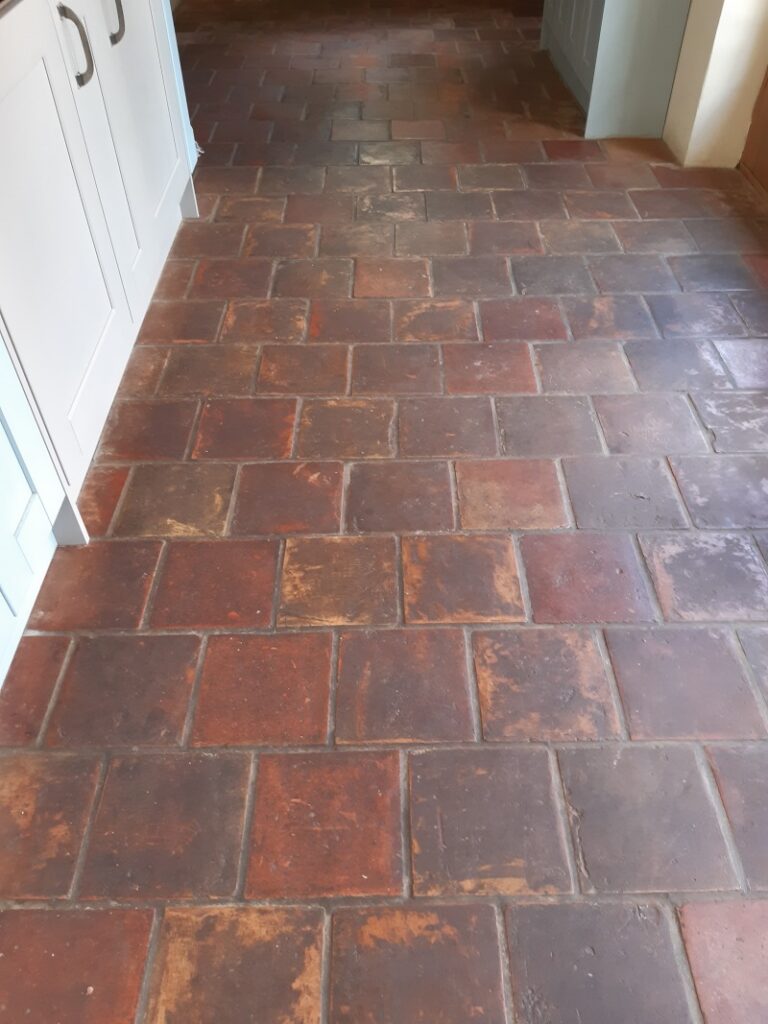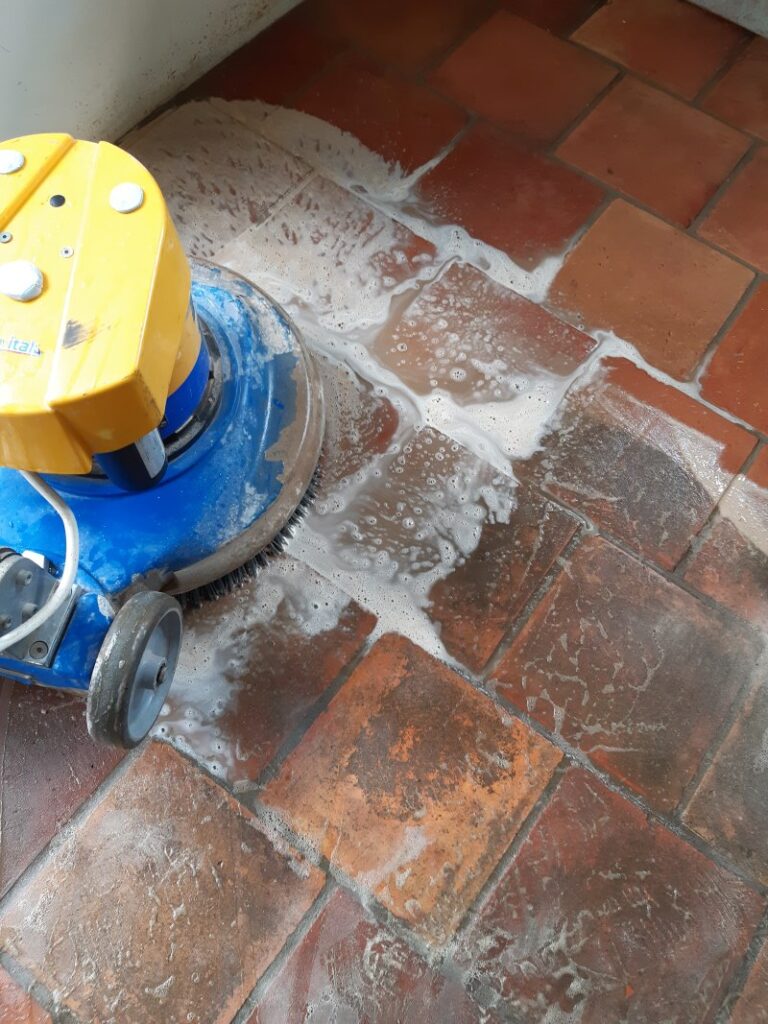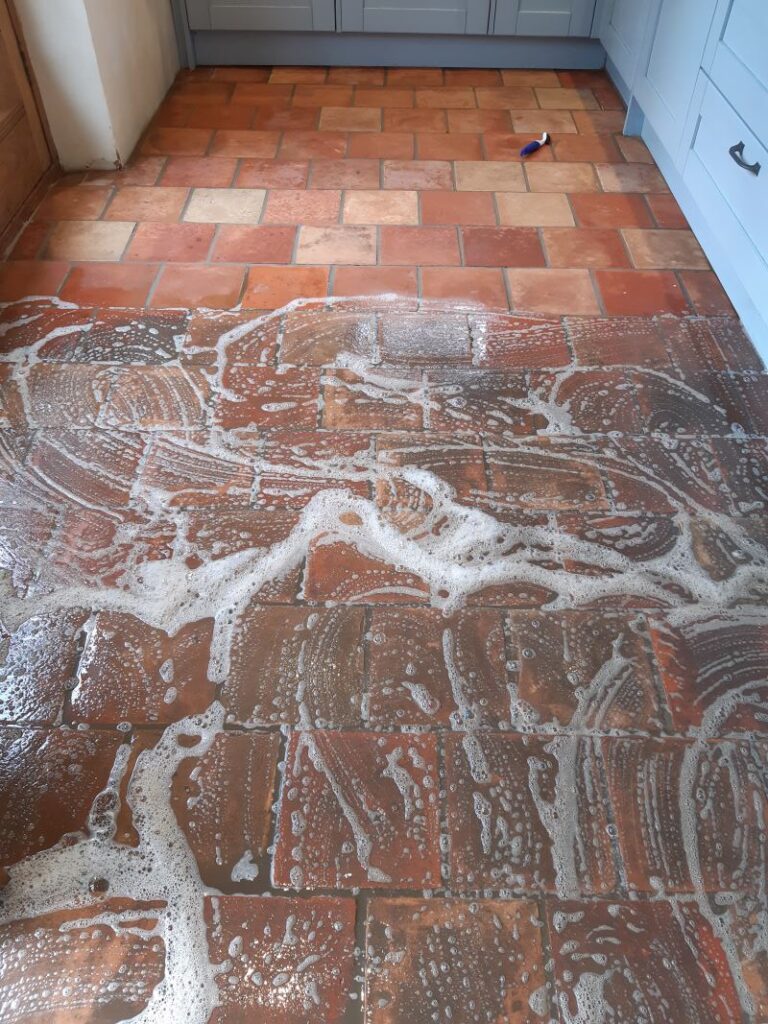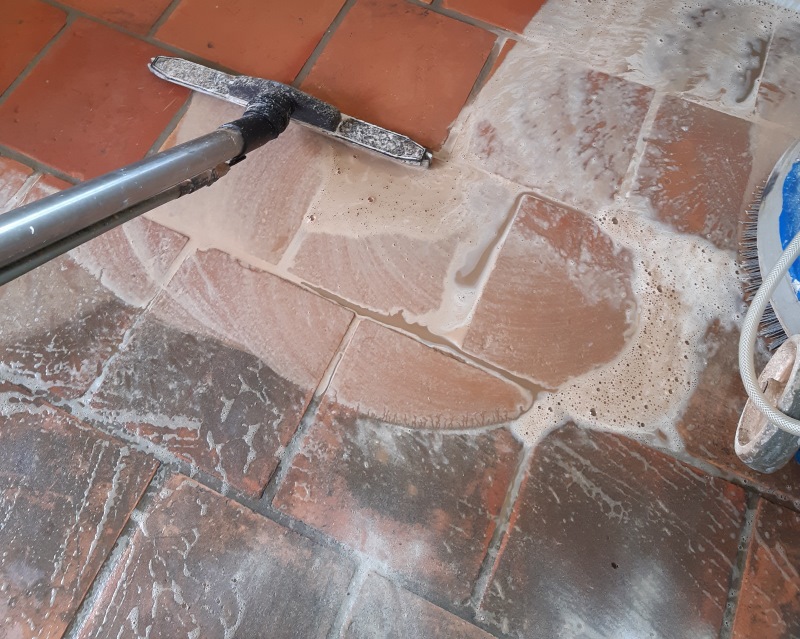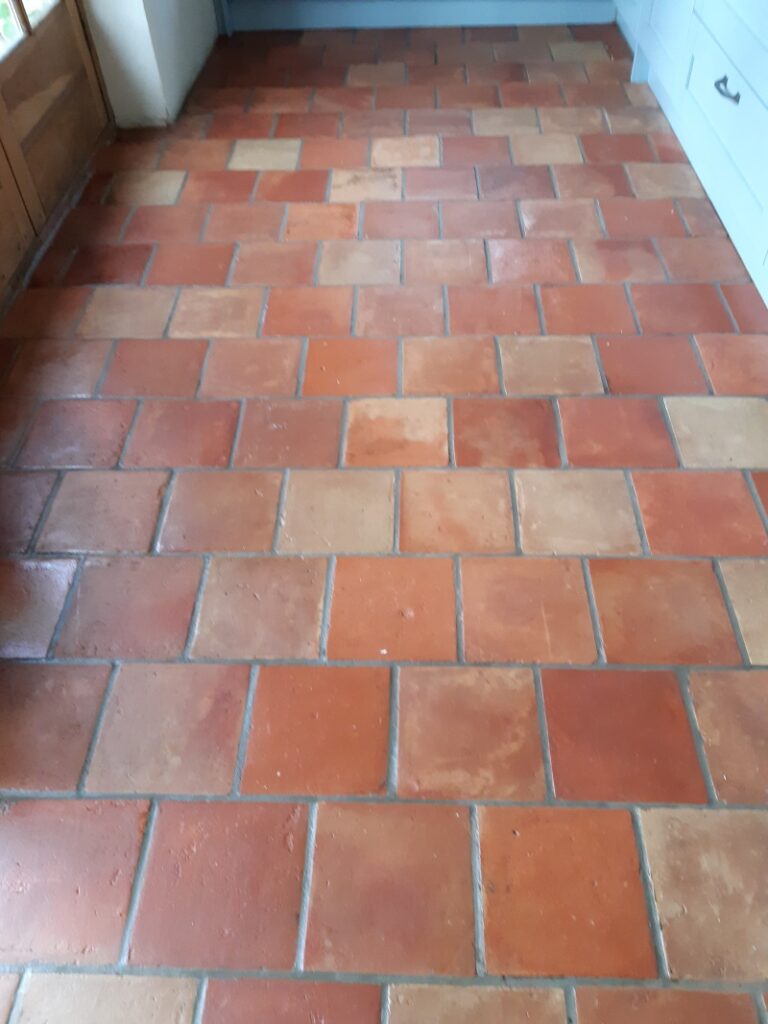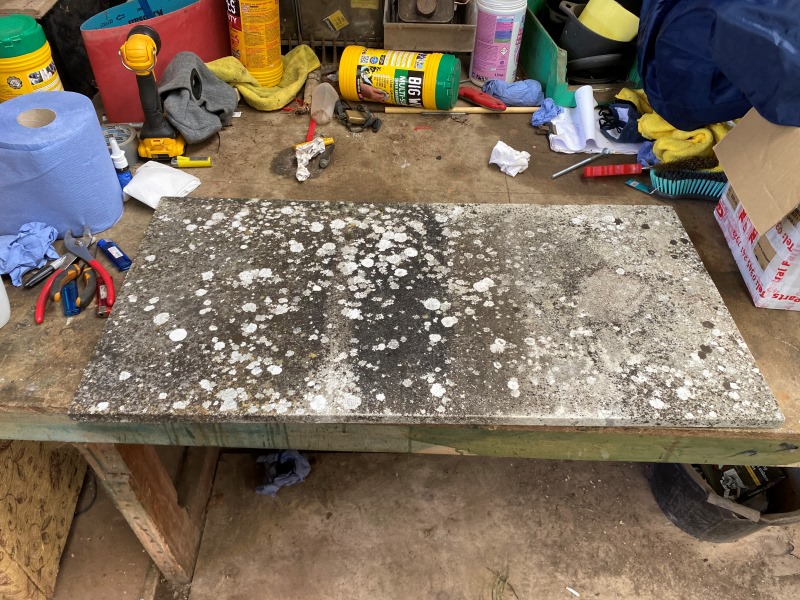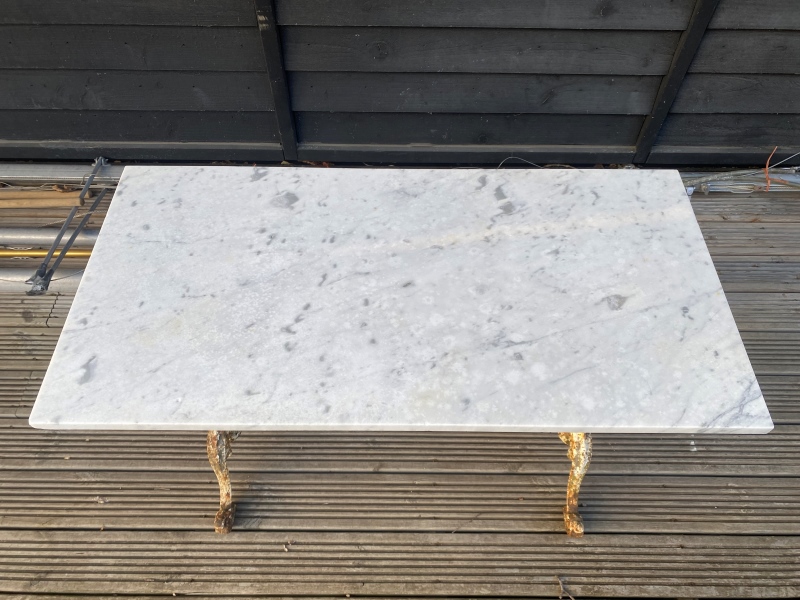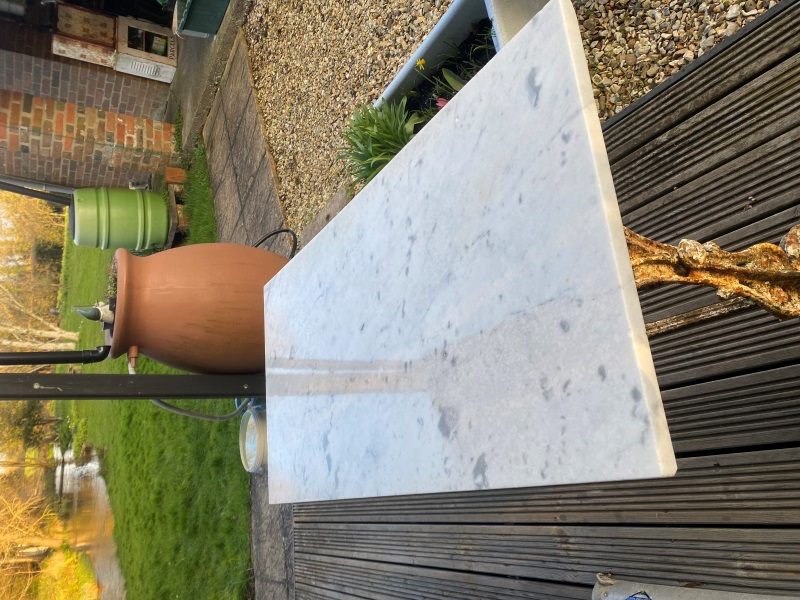Cement flooring has earned a good reputation for strength, durability, cost-effectiveness, and even style—thanks to the recent advances in construction and design. Over the years, basements have become famous for being utility and stock rooms. Now, they are also typically used as living spaces, entertainment rooms, and bed rooms. Transforming basements into living spaces is often much practical than building another room or floor. Below are some of the simple and economical do-it-yourself tips on how to soften the look of your basement’s cement flooring.
Stain and Polish
Cement flooring can be enhanced by staining and polishing, making the concrete floor simulate marble, wood, leather, or even natural stones. Before applying the desired stain to the concrete floor, make sure that your floor has been thoroughly cleaned and prepared. Check if there are cracks and old stains. Prepare the cracks with concrete glue, and then fill the cracks with anchoring cement.
Once the cement is completely dry, sand the floor down to evenly level the texture. Wash the cement floor with a mild soap and scrub the floor with a nylon brush to sweep away dust, grease and adhesives. Before applying the stain, make sure you protect the lower parts of the wall with painters tape, paper, or plastic.
Shake the stain container well before applying to the concrete floor. After the last coat, you can spray a mixture of water and baking soda to neutralize the acid. After allowing it to dry for five minutes, rinse the concrete floor thoroughly with clean water. Finally for finishing touches, apply a sealer to protect the stain.
Ceramic Tile
Cement flooring is the ideal base for tiles, particularly the ceramic. Ceramic tiles are long-lasting and flexible in design. You can choose from a wide selection of colors, patterns and texture that will suit the ambience that you desire.
Prepare the thinset mortar by following the instruction provided on the container. Start applying a good layer of thinset to the center. Fix the tile with even and firm pressure using both hands. Put tile spacers between ceramics. Repeat the process until the entire cement floor is covered. Let the thinset under the tile dry for 24 hours. Once dry, remove the tile spacers and apply the grout over all the joints with a float. Let the grout dry for 24 hours. Remove the excess from the surface using a dampened smooth cloth.
Rubber Mats/Foams
Cement flooring can also be furnished with rubber mats or foams to dampen sounds and insulate noise coming from the basement. Rubber mats and foams are ideal for basements turned entertainment room or studio. Same with the preparation for ceramic tiles, measure the square area of the basement to know how many rubber tiles you have to buy. Rubber mats are easy to install. Just lay it on the floor.
Another good thing about rubber mats is you can replace it piece by piece. There are different colors and textures of rubber mats available, some even have the texture of a thin carpet. Unlike carpet, rubber mats are water-proof and don’t host molds.
Source: www.DoItYourself.com
